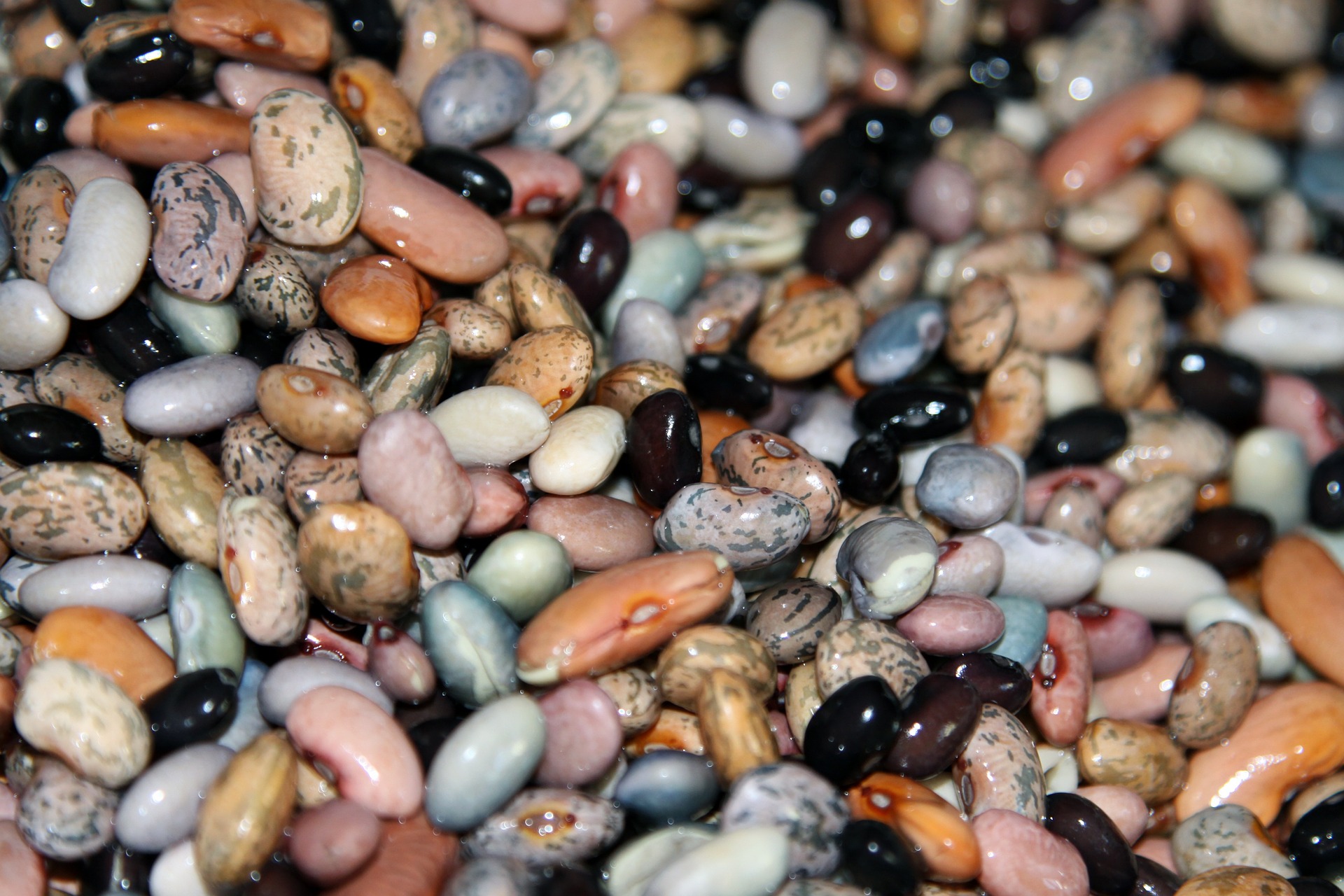Whether one should eat meat or not is a very controversial question. If you check all the articles written on this topic, you might see that both vegetarians and people advocating eating meat have quite sensible arguments. Unfortunately, it doesn’t make the issue more clear. It is still not obvious if the meat should be consumed or not.
In this article, you will not find an answer to this difficult question. Yet, if you are willing to gradually cut down the consumption of meat, no matter whether it is because you want to become a vegetarian or you just don’t want to consume this product daily, you will find some information about alternatives to pork, beef and other types of red meat here.
Fish in your diet
In fact, fish is the healthiest source of protein since it is easily digested especially in comparison to meat and is rich in the vitamin D, the vitamins of the B group, iodine as well as omega-3 fatty acids. That is why, whenever you have a chance, you should prefer fish to meat or even to poultry.
The major health problem related to fish (if, supposedly, you do not have a fish allergy) is the toxins accumulated in it. The type of water in which fish live, whether it is fresh or salt, doesn’t matter. Both fresh water and salt water can be contaminated with mercury, polychlorinated biphenyls (PCBs) and dioxins. Actually, almost every fish contains some amount of mercury, but the health benefits of eating it are so great that fish really should be included into your diet.
Still, you can avoid eating the following species of fish that are considered to contain the highest amounts of toxins:
– swordfish;
– king mackerel;
– tilefish;
– tilapia;
– grouper;
– Chilean Sea bass;
– monkfish;
– salmon (farmed);
– shark.
On the other hand, among the types of the fish of the highest nutritive value are:
– halibut;
– salmon (wild);
– freshwater whitefish;
– tuna;
– mackerel;
– herring;
– sander;
– lake trout.
Unfortunately, some species of the same type of the fish can differ a lot in the amount of toxins. For example, albacore tuna is regarded as one of the healthiest fish whereas Bluefin tuna is considered to be featured with extremely high levels of PCB.
Don’t forget about the way of cooking fish – the healthiest are cooking over steam and baking. You can also grill fish or boil it making fish soup. The worst way to cook fish is frying especially in bread crumps or batter.
Legumes and beans
Beans and legumes such as lentils, peas or soy are an excellent source of plant protein. These products are major food supplying body with proteins for many people on a vegetarian or vegan diet. Not only do legumes and beans contain a large amount of protein, but they also have essential vitamins, antioxidants, nutritional elements as well as fibre.
Due to its nutritive value, beans and legumes help to lower the LDL fraction of cholesterol in the blood, decrease the risks of heart disease and colon cancer and protect against degenerative diseases.
Of course, an important question here is how much beans and legumes you should eat in order to get all that protein that could be received by eating meat. Well, the ratio is simple – 1/2 cup of cooked legumes or beans will bring you nearly 7 grams of protein which is the same as the amount of protein in 1 ounce of meat. According to other researches, you can also count an amount of beans and legumes needed for getting a sufficient amount of protein as 0,9 g per a kilogram of your weight a day.
Dairy products and eggs
It isn’t a secret that dairy products are one of the major source of calcium and vitamin D as well as probiotics in a regular diet. Still, not everyone is aware of the fact that they are a great source of proteins too.
The absorption of calcium is blocked when it is consumed with sugars, that’s why it is better to eat fermented milk products like yogurt, sour cream, cheese, cottage cheese or kephir. Note that you can consume these products even if you are suffering from lactose intolerance. Butter is also a fermented milk product.
Cottage cheese and cheese are concentrated milk products, so, there is no need to eat them in large amounts. As far as I know, 50 g of cottage cheese a day or some 30 g of cheese will be enough.
Poultry and eggs
Eggs are great a source of protein that is digested by the body far better than the protein coming from meat. In addition to it, eggs really have a large amount of vitamins and microelements, but they are concentrated in the egg yolk, whereas the protein is located in its white part.
Like in case of any other food, it is better to eat boiled eggs than fried ones.
If it doesn’t go against your personal beliefs, you can also eat more poultry instead of red meat. Poultry is more easily digested by the body than red meat. Such poultry as chicken or turkey, especially their white meat don’t contain too much fats which makes them suitable for regular consumption.
One of the major issues considering regular consumption of poultry, especially chicken, is the fact it usually contain hormones that are added to the food for birds in order to make them increase their body mass faster.
Other products with a relatively high content of protein are mushrooms, nuts and seeds.

